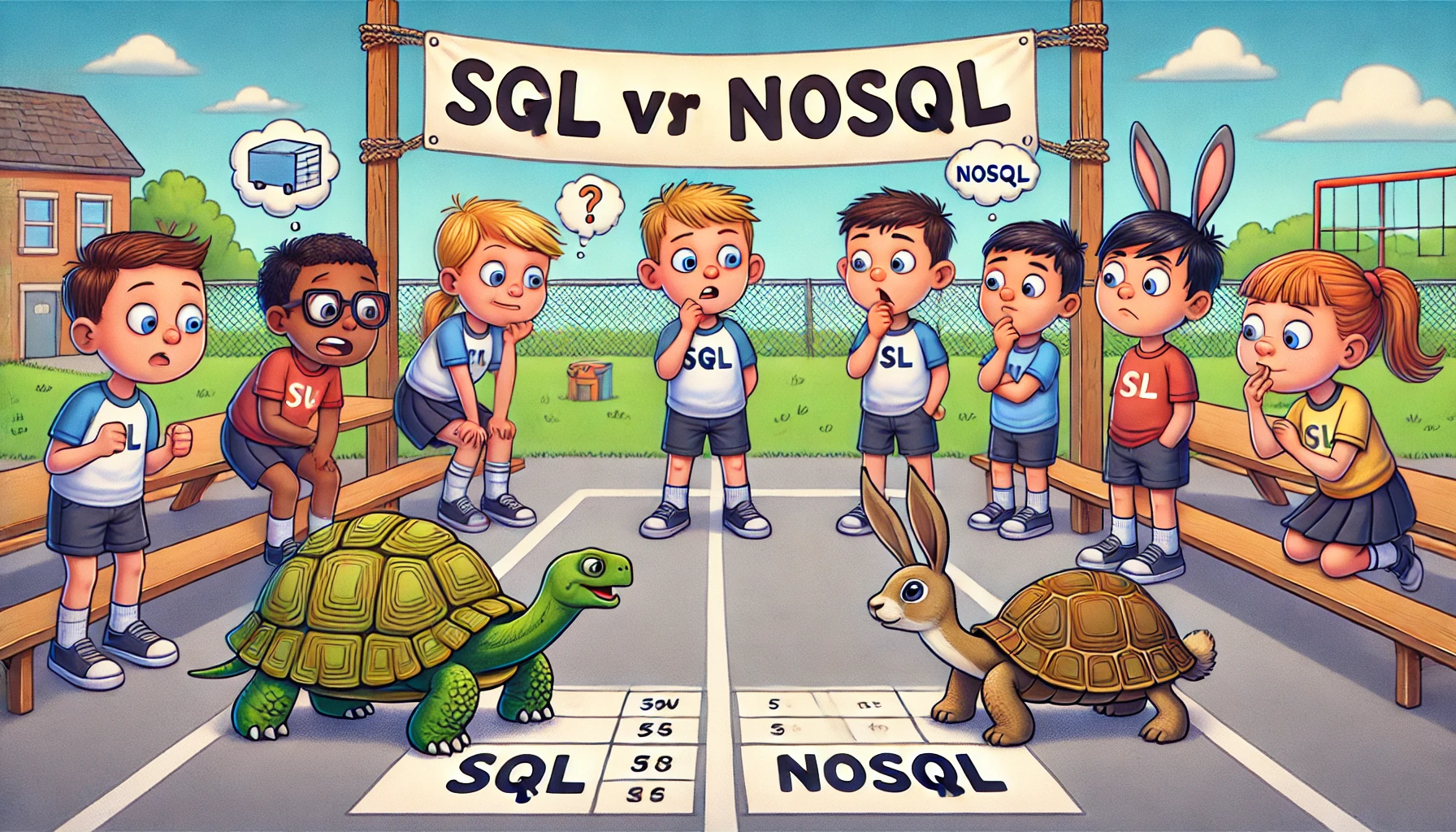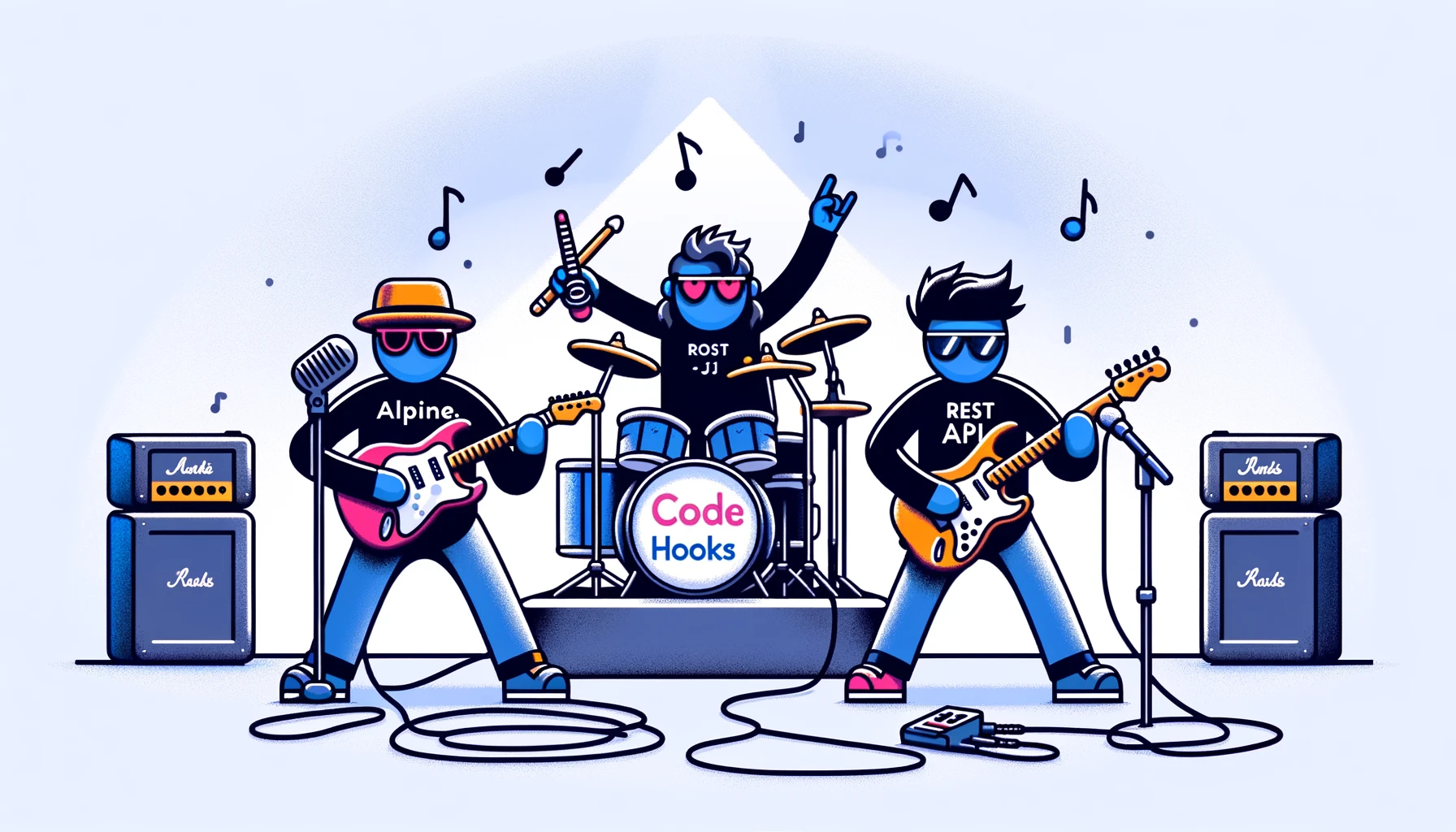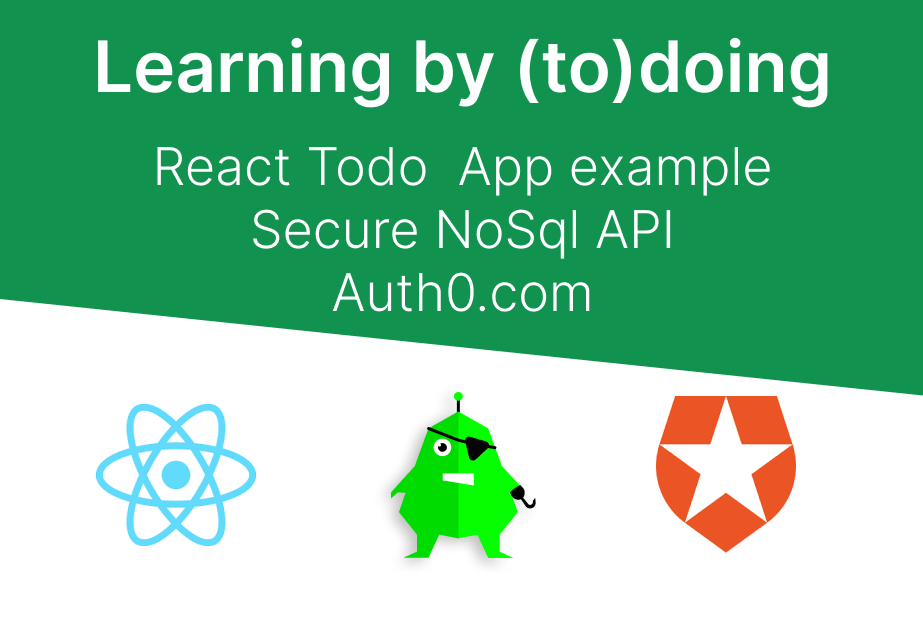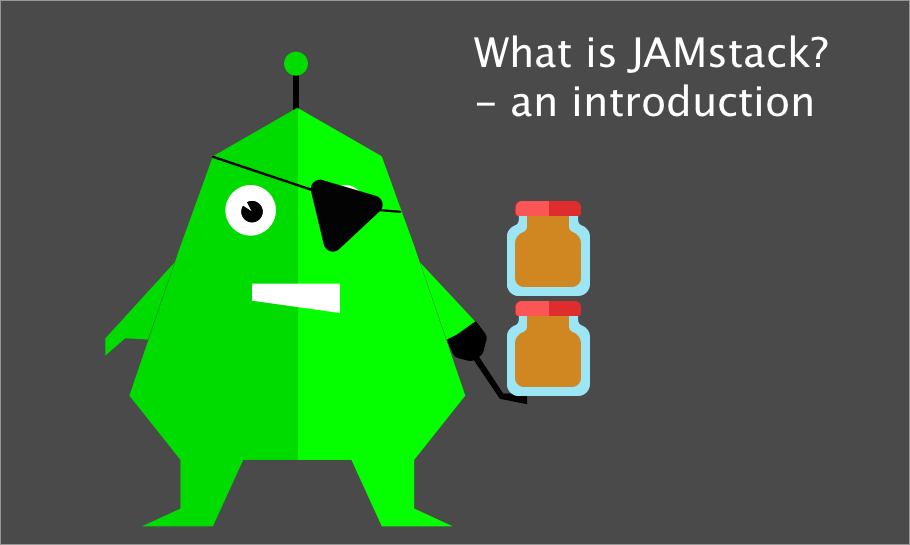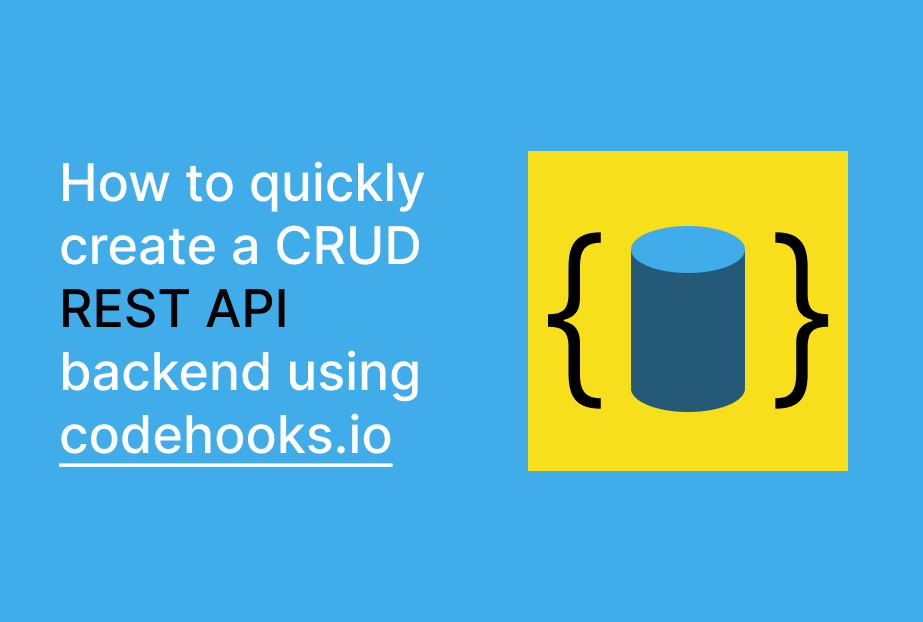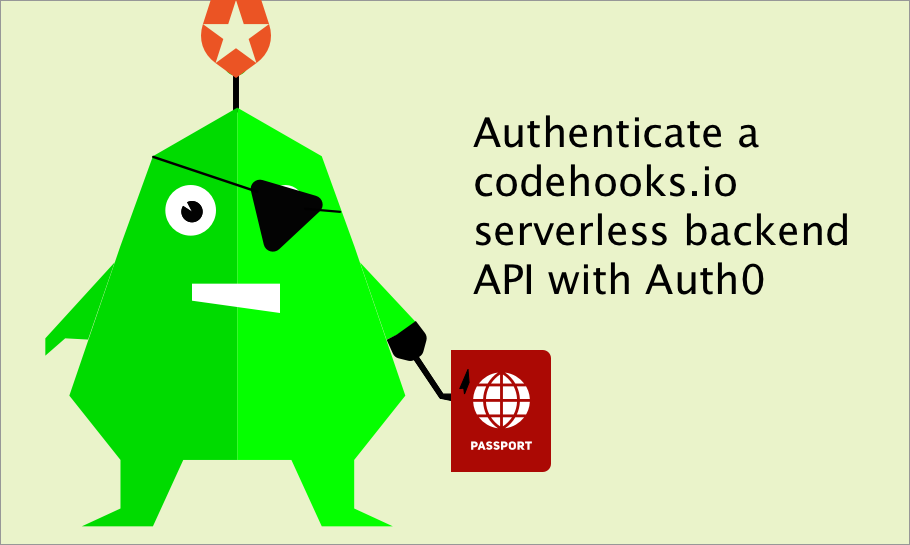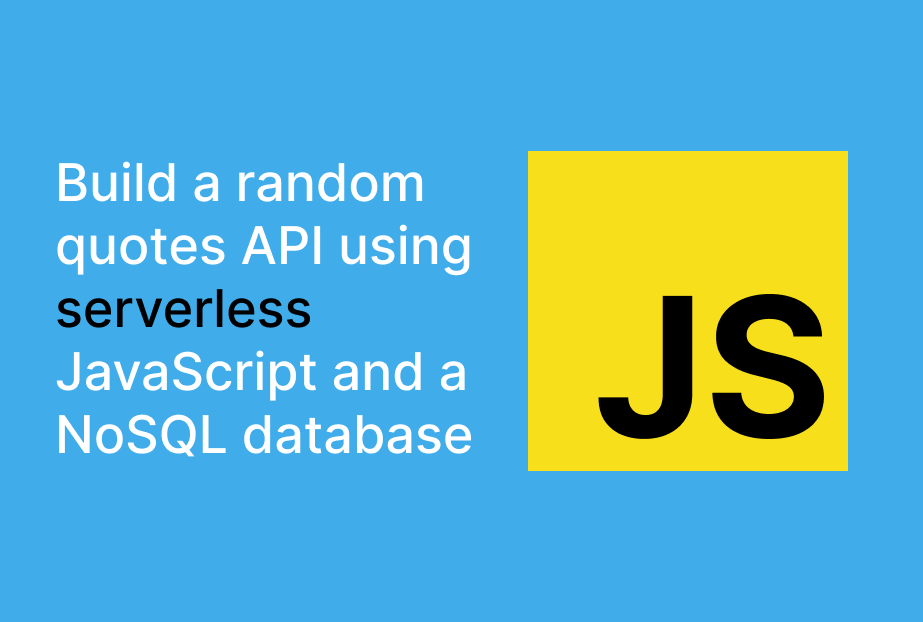Secure Your Automation Webhooks with Signature Verification (Zapier, Make, n8n, IFTTT)
You've built a powerful automation: Stripe payment → Zapier → Slack notification + Google Sheet update + email confirmation. It works beautifully.
But there's a problem: anyone who knows your Zapier webhook URL can trigger your automation with fake data.
The same is true for Make (Integromat), n8n, and IFTTT. These platforms prioritize ease-of-use, but they don't verify that incoming webhooks are actually from Stripe, GitHub, or whoever you think is sending them.
The solution? Use Codehooks as a verified webhook gateway that sits between the webhook sender and your automation platform.
If you're used to no-code tools, the JavaScript examples below might look intimidating. You can use ChatGPT, Claude, or any AI assistant to generate and customize this code for you. Just share the Codehooks ChatGPT prompt or point the AI to codehooks.io/llms.txt — it will understand how to write Codehooks code for your specific use case. AI coding agents like Claude Code can even run the CLI commands to deploy and configure everything for you.



